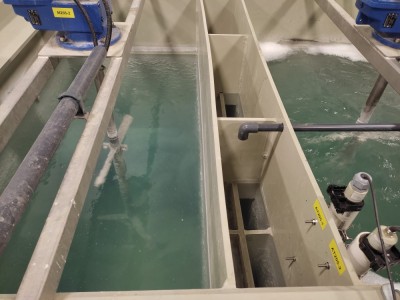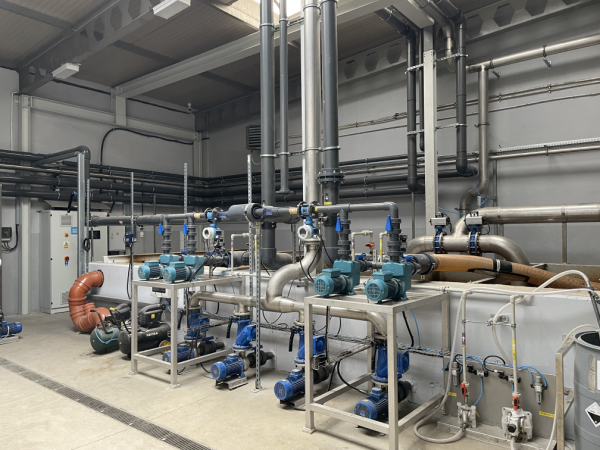

Flotation is the most effective method of removing contaminants such as fats, suspensions, and petroleum substances.
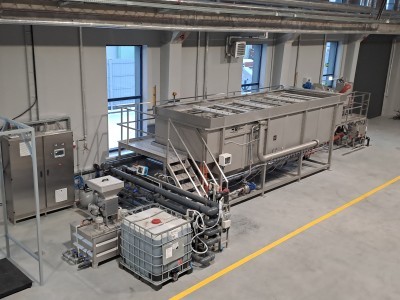
Mechanical separation, i.e. separating solid elements from the wastewater stream
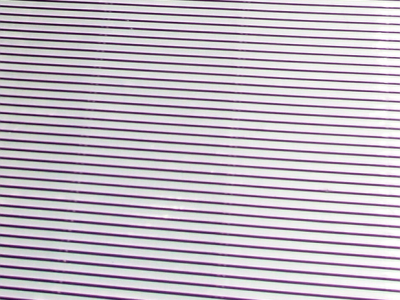
A modern flow reactor in which ultrafiltration membranes are responsible for the separation of sludge.
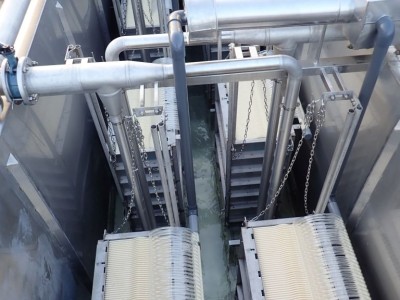
Devices for removing water from sediment by pressing, squeezing and other mechanical methods.
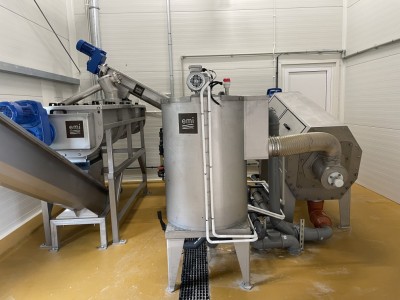
Averaging to improve efficiency and reduce wastewater treatment costs.
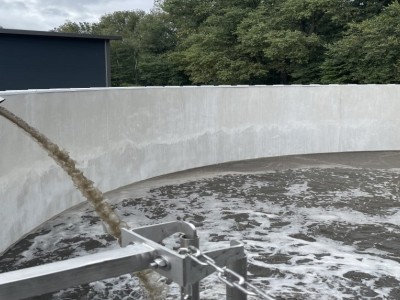
Membrane processes used for wastewater and water treatment.

pH correction in flow or batch mode
